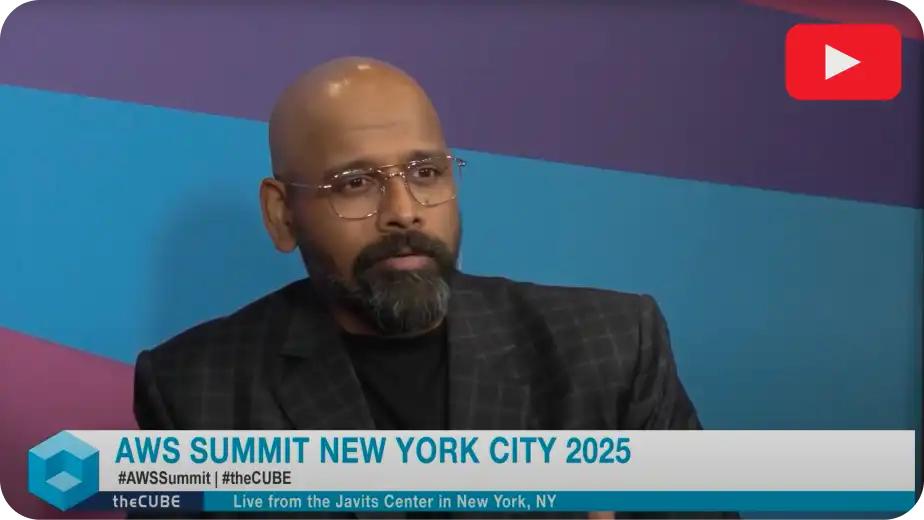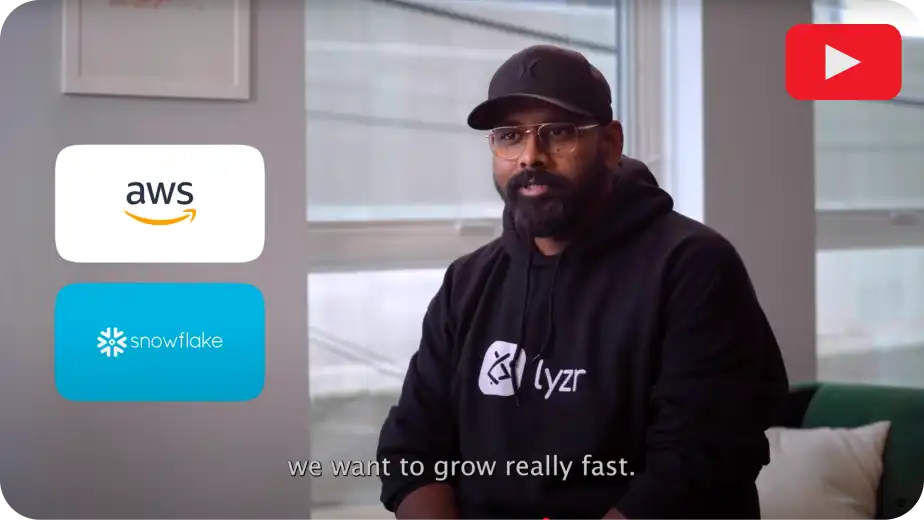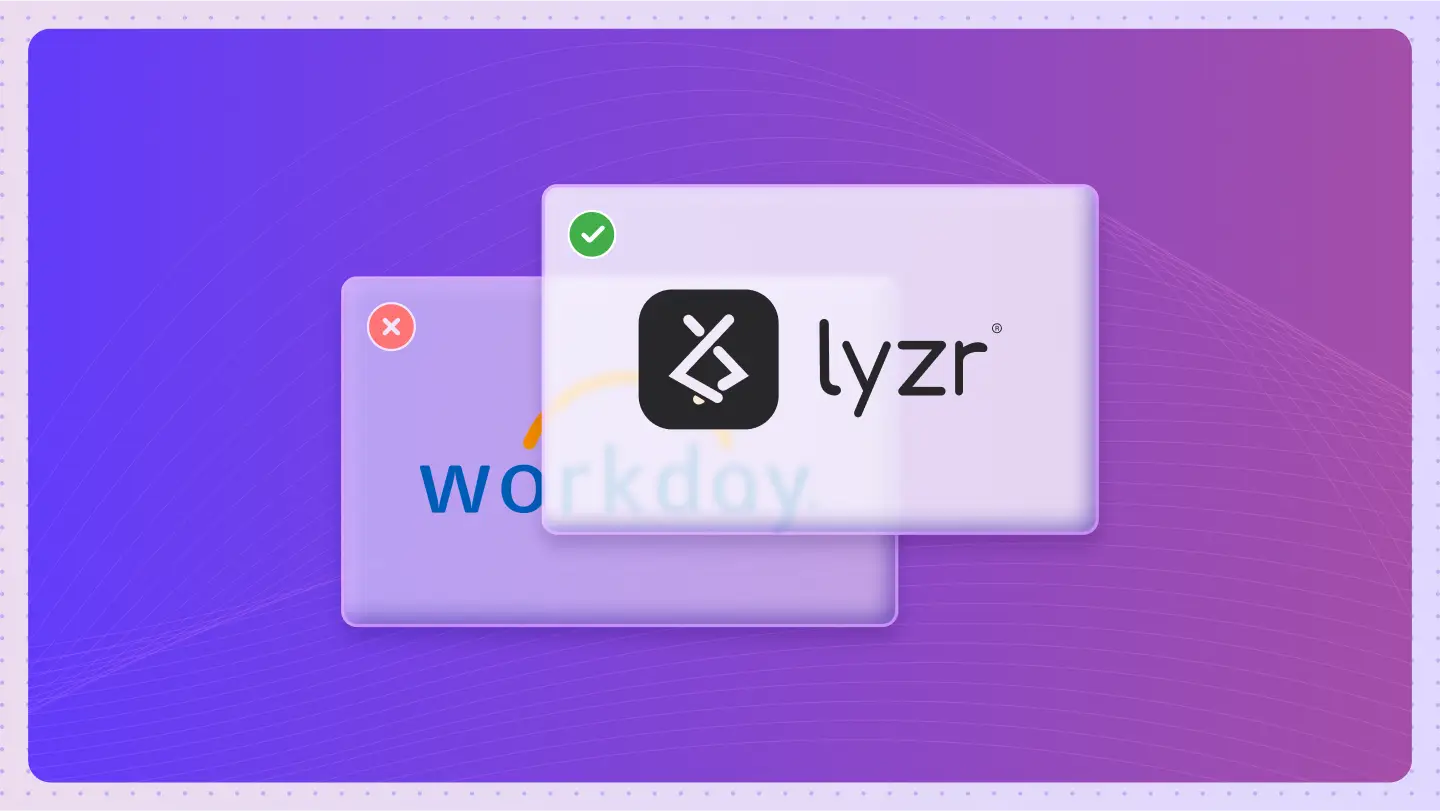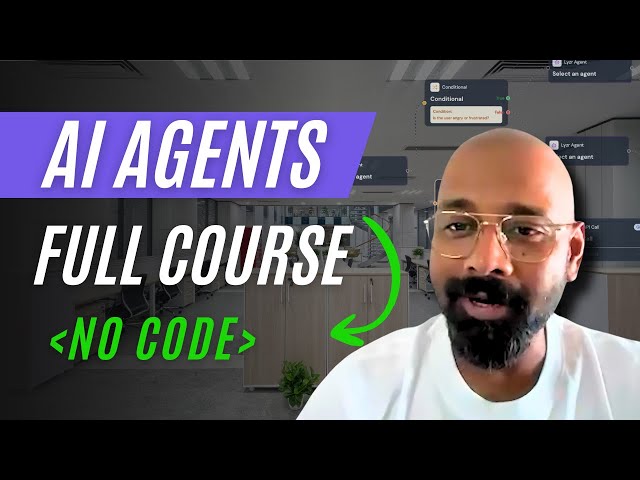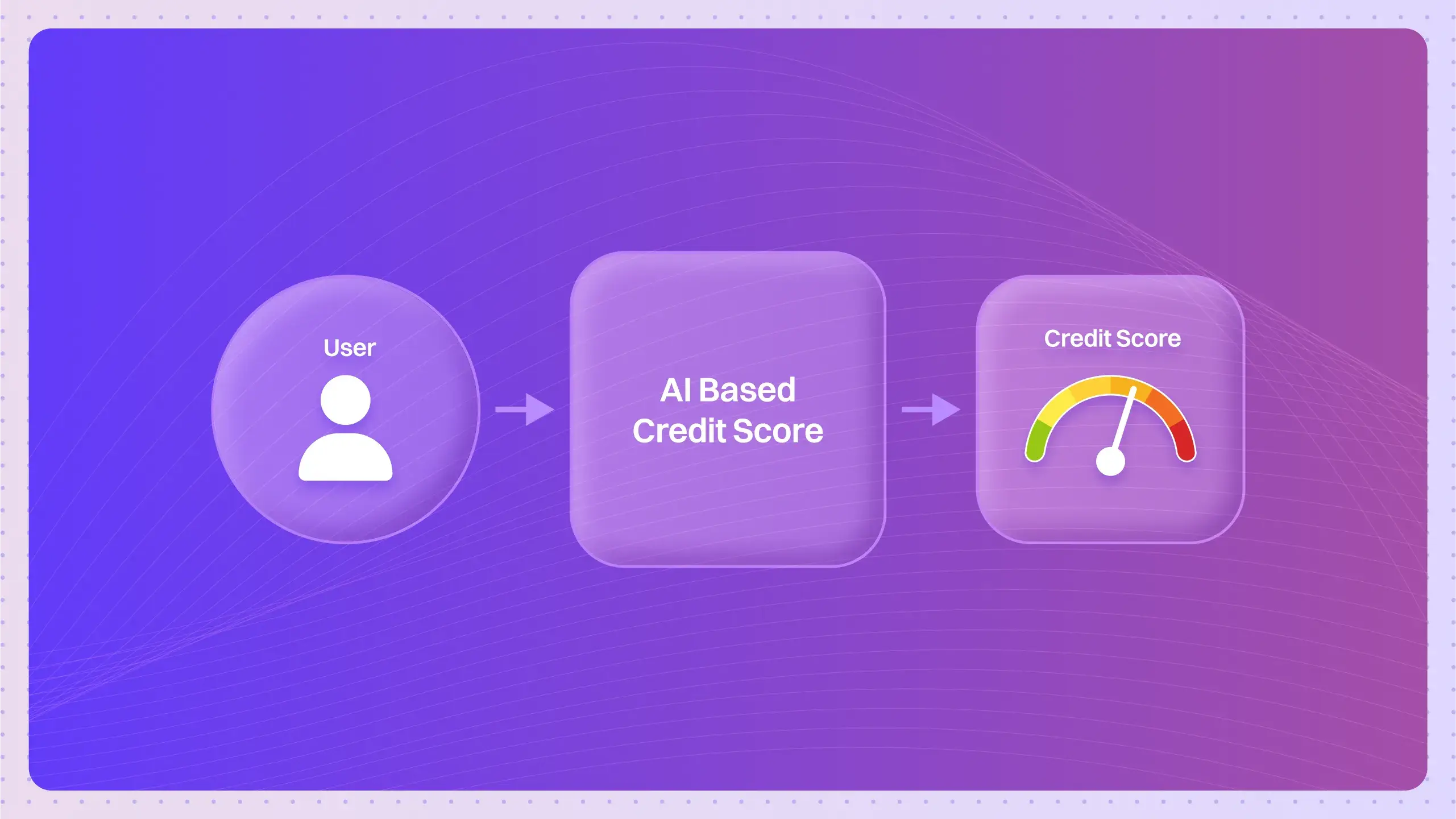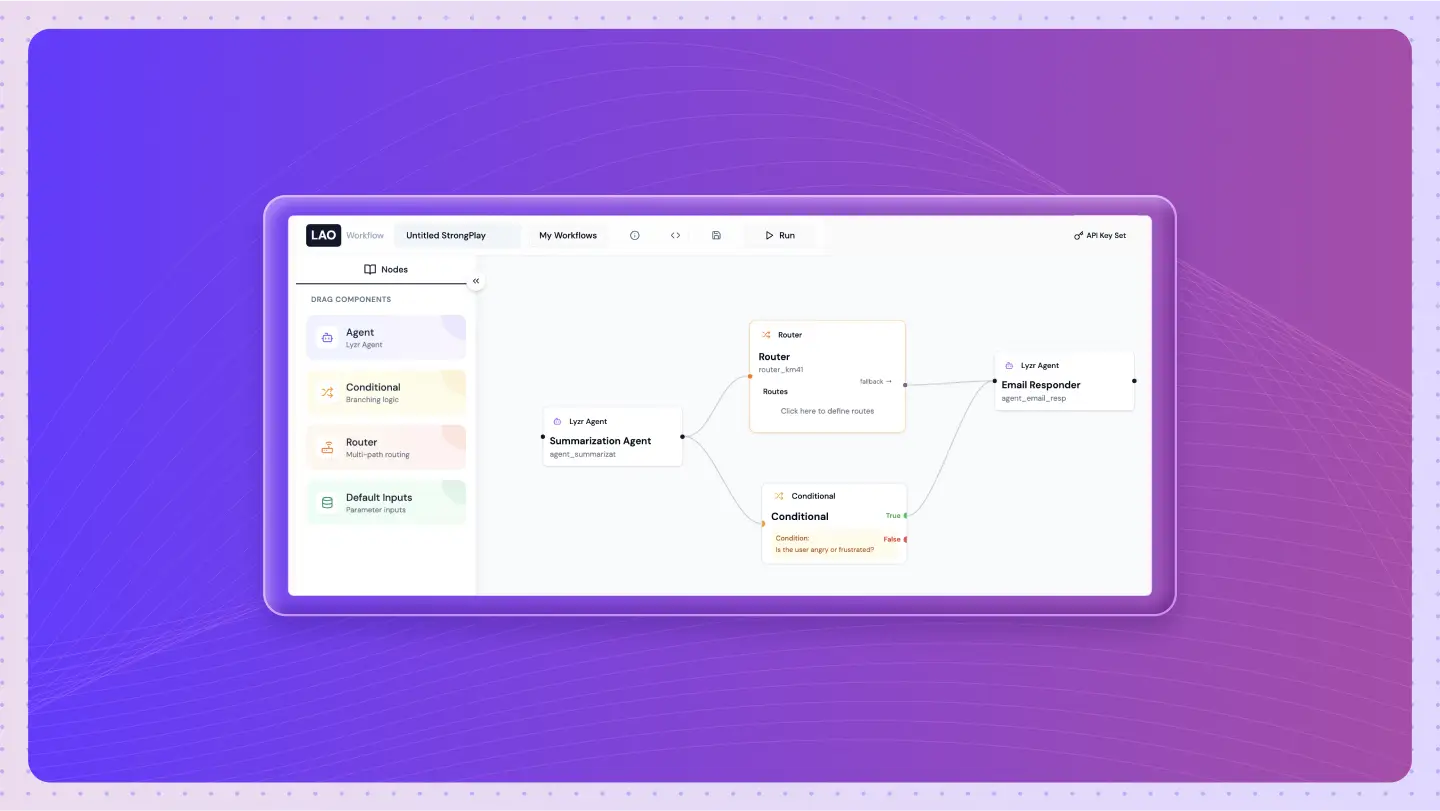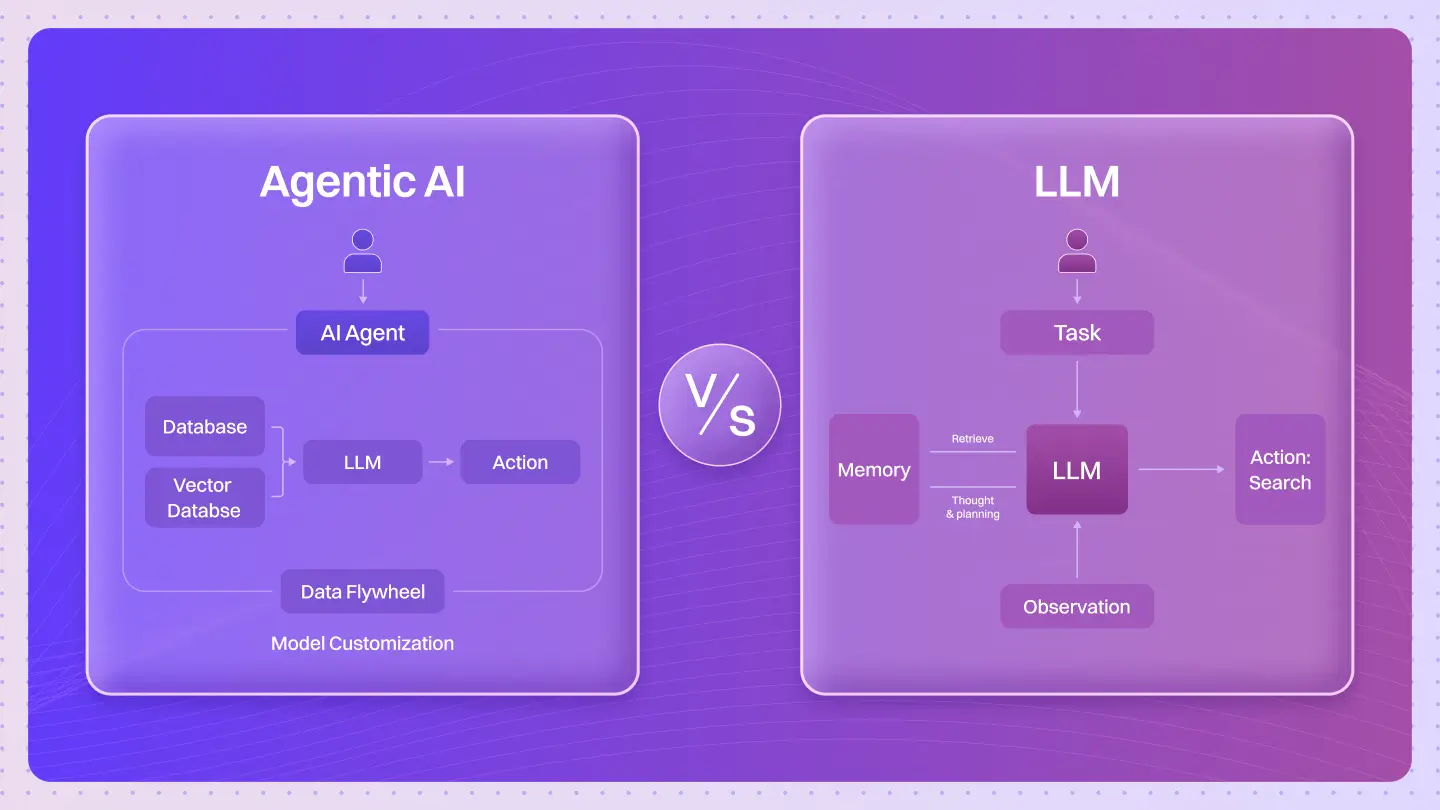Table of Contents
ToggleIf you’re running HR, ops, or a startup team, you know the pattern: quarterly surveys, pulse checks, and exit interviews. They tell you what happened, often after the fact the moment your team’s frustration has already peaked.
You’ve tried asking questions. You’ve tried spreadsheets. You’ve tried all-hands discussions. Yet somehow, disengagement still sneaks in. People leave. Teams burn out. And you’re left reacting instead of preventing.
It’s frustrating, right? You want to know how your team is actually feeling in real time, not three months later.
What a Good Employee Experience Looks Like
If you’re an HR leader, reading this will probably make you nod: “Yes, this is what we aim for.”
And if you’re an employee, keep reading this is how a great experience might actually feel:
- Onboarding that Excited: From day one, you feel welcomed and prepared. Role expectations are clear, tools are ready, and introductions make you feel part of the team.
- Ongoing Communication: You always know what’s happening and feel heard. Feedback loops are open, and updates are transparent, so you’re never left guessing.
- Empowered Tools & Workflows: Your work is seamless because the systems and processes help you get things done, not slow you down. You can focus on what matters.
- Recognition & Growth: Your contributions are acknowledged, your efforts celebrated, and opportunities for learning and advancement are visible. You know growth is possible.
- Well-being & Support: Your mental, physical, and emotional well-being is valued. Flexible schedules, wellness initiatives, and proactive support create a culture of care.
- Continuous Feedback Loop: You feel that your voice matters. Feedback is collected and acted on continuously, not just during annual surveys. You see real change happening.
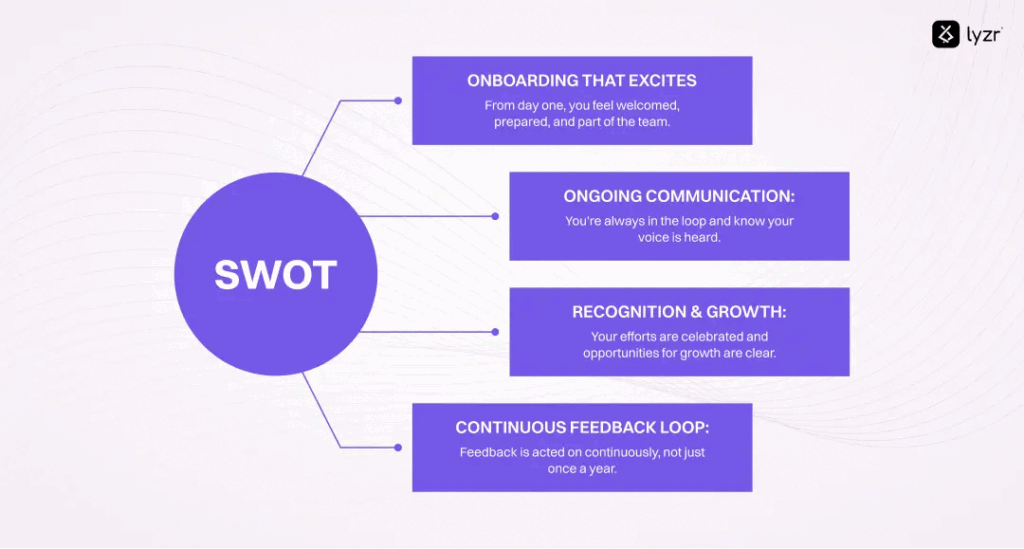
The truth is, even with the best intentions, creating a consistently great employee experience is hard. Managers are busy, teams are distributed, and signals about engagement or burnout are scattered across emails, chat threads, and informal conversations. It’s easy for frustration to build quietly, unnoticed, until it shows up as missed deadlines, disengaged employees, or attrition.
Of course, delivering this kind of experience consistently across teams and locations is easier said than done. Managers are busy, signals are scattered across chats, emails, and feedback forms, and it’s hard to spot patterns before issues arise. Imagine if there were a way to have a quiet, always-on teammate that notices these signals, nudges you at the right time, and helps keep engagement on track almost like having an assistant who never sleeps but doesn’t get in the way. That’s exactly what some forward-thinking organizations are starting to experiment with today.
(We at Lyzr even built Diane -HR Super Agent , you might want to check that out)
Meet Diane: The AI Super Agent Every HR Team Needs
These “quiet assistants” are what we now call employee experience agents. Think of them as always-on teammates for HR observing patterns, nudging managers at the right moments, and helping ensure engagement and satisfaction don’t slip through the cracks.
Here’s what these agents can do for HR teams:
- Spot Engagement Trends Early: Monitor sentiment across chats, emails, and feedback forms to identify disengagement or burnout before it escalates.
- Nudge Managers Proactively: Remind leaders to check in with employees, acknowledge achievements, or address workload concerns.
- Streamline Processes: Highlight bottlenecks in workflows or gaps in communication so HR can act faster and more efficiently.
- Track Recognition & Growth: Suggest timely recognition or development opportunities, ensuring employees feel valued and supported.
- Support Well-being: Detect early signs of stress or overload and provide insights to help managers intervene sensitively.
- Maintain Continuous Feedback Loops: Aggregate feedback and sentiment trends over time, so HR can make data-driven decisions rather than relying on one-off surveys.
In short, these agents don’t replace HR or managers they amplify their impact, helping teams deliver the ideal employee experience consistently, without adding more manual work.
A Day in the Life with an Employee Experience Agent
Imagine it’s Monday morning. Across your teams, your employee experience agent is quietly at work in the background:
- It notices that a few members of Team A haven’t interacted much in Slack over the past week and nudges their manager to check in.
- It highlights that onboarding for a new hire in Team B is missing a key introduction, prompting HR to send a welcome schedule.
- It spots a trend of rising workload complaints in Team C and suggests a short team alignment session to rebalance priorities.
- It recognizes that an employee just completed a big project and reminds the manager to send timely acknowledgment or schedule a growth conversation.
- It aggregates feedback from multiple channels and surfaces insights to HR like teams showing signs of stress or disengagement so action can be taken proactively.
As you read this, ask yourself: How many of these signals are slipping past me right now? Could a few small nudges like these prevent frustration before it grows?
By the end of the day, managers feel supported rather than overwhelmed, employees feel seen, and HR has a real-time view of engagement trends across the organization. Small nudges and timely insights like these prevent frustration from escalating, making the ideal employee experience achievable even at scale.
Now imagine if these gentle nudges, proactive insights, and continuous feedback loops could happen automatically, across your whole organization, without adding more work for you or your managers. What if you could build your own system tailored to your team’s unique needs?
Identifying Your Organization’s Pain Points
Before you can build a system that proactively supports employees,it helps to know exactly where things are slipping through the cracks. Start by asking yourself:
- Are some teams missing regular check-ins or 1:1s?
- Are achievements going unrecognized or celebrated too late?
- Are employees expressing frustration or stress in ways that aren’t being noticed?
- Which feedback channels do you actually use and which get ignored?
Take a moment to map these pain points. Even a simple table or spreadsheet can help you see patterns across teams, roles, and processes. The clearer the picture, the easier it will be to design interventions that actually move the needle.
Building Your Custom Employee Experience Agent
Once you know your pain points, you can start thinking about how to automate smart support for your teams without adding more work for managers or HR. That’s where custom agents come in.
A custom employee experience agent is essentially a smart assistant that watches key touchpoints and nudges the right people at the right time. You define what matters for your organization:
- It could flag low engagement or identify teams that need extra check-ins.
- It might remind managers to celebrate achievements or schedule development conversations.
- It can surface trends from multiple feedback channels, helping HR act proactively instead of reactively.
The best part? You control the rules. You decide what signals matter most, what actions should be taken, and how frequently nudges occur. It’s like having a silent teammate that never sleeps, helping ensure your ideal employee experience is delivered consistently.
Bringing It Together
By first identifying your pain points and then building a tailored agent, you can:
- Catch engagement dips before they escalate.
- Ensure recognition and growth opportunities aren’t missed.
- Give managers actionable insights without extra work.
- Make continuous feedback actionable, not just another survey.
The result is a proactive, human-centered employee experience, supported by a system that scales with your organization making it easier for HR to create an environment where employees feel seen, supported, and engaged every day.
Build Your Own Employee Experience Agent with Lyzr
Once you’ve mapped your organization’s pain points, the next step is turning those insights into actionable, automated support for your teams. That’s where Lyzr comes in.
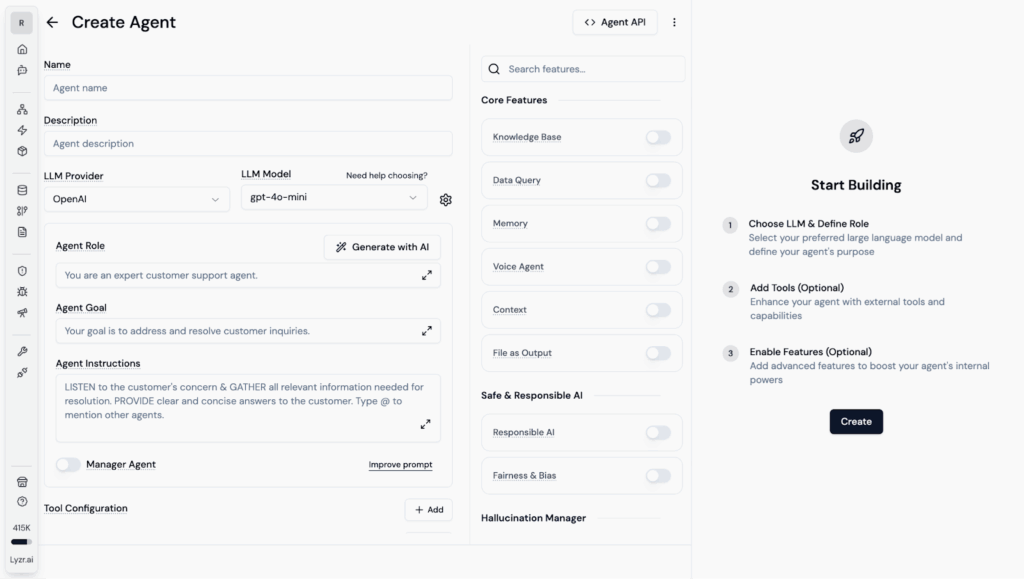
Lyzr is a platform that allows HR teams to create custom agents tailored to your unique employee experience goals without needing a developer. Think of it as a smart assistant for your organization, quietly monitoring engagement, prompting timely actions, and surfacing insights all in real time.
Here’s how you can build your own employee experience agent:
1. Define What Matters Most
Start with your pain points. Do you want to track onboarding progress, catch early signs of burnout, or ensure recognition happens consistently? Lyzr lets you map these priorities into actionable workflows for your agent.
2. Set Up Triggers and Nudges
Decide what actions should happen and when. For example, if an employee hasn’t interacted in Slack for a week, the agent can nudge their manager to check in. If a project milestone is achieved, it can prompt a recognition message or growth conversation.
3. Connect Data Sources
Your agent can pull signals from multiple channels Slack, emails, surveys, or internal tools giving you a 360° view of employee engagement. No more scattered insights or missed warning signs.
4. Monitor and Iterate
Once live, your agent collects data, surfaces trends, and highlights opportunities for intervention. You can adjust triggers, add new workflows, or refine nudges as your organization evolves.
Why This Matters
By building a custom agent with Lyzr, HR teams can:
- Detect and address engagement dips proactively.
- Ensure recognition and feedback happen consistently.
- Support managers without adding more work.
- Make employee experience scalable, measurable, and continuous.
The outcome is a workplace where employees feel seen, supported, and valued every day, and HR teams have the insights they need to take action all without reinventing processes or adding manual work.
Take the Next Step
Building a proactive, human-centered employee experience doesn’t have to be overwhelming. Start small, identify key pain points, and experiment with custom agents on Lyzr. In days, you can begin seeing real-time insights, timely nudges, and a measurable impact on engagement and satisfaction.
Ready to transform your employee experience? Explore Lyzr Studio and start building your first custom agent today.
FAQs: Employee Experience Agent
1. What is an employee experience agent?
An employee experience agent is a smart assistant for HR that monitors engagement, nudges managers at the right time, and ensures employees feel supported in real time.
2. How can an HR team use an employee experience agent?
HR teams can use an employee experience agent to track onboarding, team check-ins, recognition, workload trends, and employee feedback, helping improve engagement and satisfaction.
3. Do I need technical skills to create an employee experience agent?
No. Platforms like Lyzr allow HR teams to build a custom employee experience agent without coding, using simple workflows and triggers.
4. Will an employee experience agent add extra work for managers?
No. The employee experience agent acts as a quiet helper, sending timely nudges and insights so managers can support their teams proactively without extra effort.
5. Can an employee experience agent work across multiple teams or locations?
Yes. An employee experience agent can scale across large or distributed teams, ensuring consistent employee support and engagement everywhere.
Book A Demo: Click Here
Join our Slack: Click Here
Link to our GitHub: Click Here

